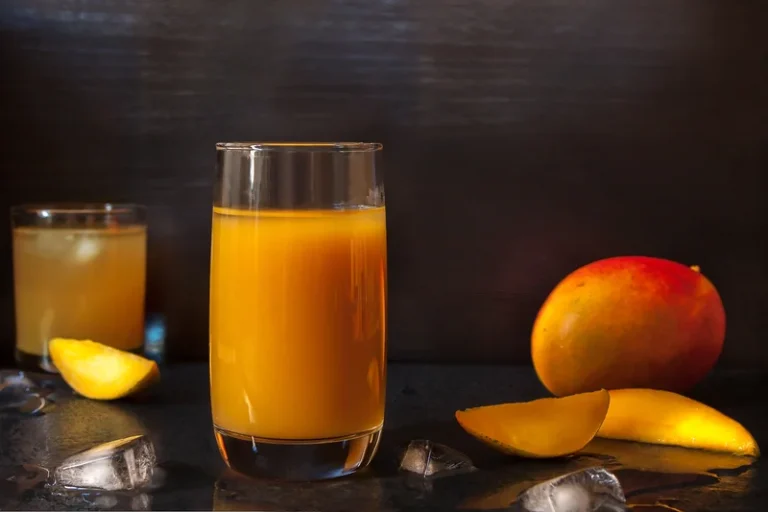
While “alcoholic nose” is not a medical condition requiring treatment, rhinophyma can be treated. The main treatment option for rhinophyma is surgery; however, there are some medications that may provide a small degree of help. An alcoholic nose, often called a whiskey nose, drinker’s nose, gin nose, or gin blossom nose, is a common way to refer to a large purple-tinted nose. However, there is a lot of urban legend surrounding alcoholics’ noses.
Rhinophyma Causes
And while it can happen to both drinkers and non-drinkers, it is more likely to occur in people who consume alcohol regularly. The exact cause of rhinophyma is unknown beyond the fact that it is related to rosacea, and for some people who develop it, it can be a mystery as to why. Rosacea flare-ups can also be caused by the consumption of other substances, such as hot drinks, chocolate, or spicy foods.
The Timeline of Alcohol Withdrawal
Topical retinoids might also be recommended for anyone who catches the condition in its early stages. While anyone can develop rhinophyma, it’s most commonly reported in white males, especially over age 50. Experts theorize that androgenic hormones found in males may trigger rhinophyma.
What Is It Like to Stop Drinking for Dry January? 3 Women Open Up About Their Experiences
- Usually, rhinophyma involves reddening of the nose and a noticeably bulbous nose, which means that the nose becomes enlarged, more pronounced, and rounder.
- It is incredibly important to remember that alcohol does not cause this disorder.
- Having a mild intolerance to alcohol or something else in alcoholic beverages might not require a trip to a doctor.
Using alcohol heavily, especially over a long period of time, can have a devastating effect on your health. While rhinophyma is often dubbed “alcoholic nose,” the reality is that it’s a type of rosacea — meaning that heavy drinking isn’t actually linked to it. At most, excessive drinking can increase someone’s risk of developing rosacea. However, it is not more or less impactful than any other risk factors, such as gender, age, skin tone, and family history. Likewise, not everyone with an alcohol addiction develops rosacea, either.

This is caused by inherited (genetic) traits most often found in Asians. These symptoms are likely to occur on the bridge of the nose and the cheeks. However, there has been a significant shift in the way the medical field looks at and approaches rhinophyma after recent research. Discover what a Partial Hospitalization Program (PHP) is, its benefits, and how it compares to other treatment programs. Contact your doctor right away if you have any signs of infection or other concerns about how your skin is healing.
Find more top doctors on
While this stereotype does have some element of truth to it, there is some debate on how much alcohol actually affects the appearance of your nose. An alcoholic nose is not a true diagnosis of alcoholism or even a sign of it in many cases. As stated earlier, the medical definition of an alcoholic nose is rhinophyma.

Find Help for Alcohol Use Disorders and Alcoholic Nose
- Things like trouble concentration, slow reflexes and sensitivity to bright lights and loud sounds are standard signs of a hangover, and evidence of alcohol’s effects on your brain.
- Surgery, including laser treatment or dermabrasion, may be necessary to remove large bumps on the nose from rhinophyma if they interfere with breathing.
- However, it is not more or less impactful than any other risk factors, such as gender, age, skin tone, and family history.
- While it primarily affects the nasal area of Caucasian men between the ages of 50 and 70, people of all ages and skin tones can have the condition.
According to 2021 research, the exact cause is still unclear, and several factors may play a role. These include a combination of conditions that affect the immune system, nerves, and blood vessels. Once acne rosacea progresses to rhinophyma, the skin covering the nose increases in size and the tip of the nose expands. Rhinophyma is a skin disorder that causes the nose to become enlarged. Some other symptoms include lumpy, thickened skin and broken blood vessels.
Can Alcoholism Cause Rhinophyma?
Dermatologists recommend anti-acne treatments like topical creams to moisturize dry skin resulting from rosacea. It is more common in men than women and typically affects people of Caucasian descent. Alcohol can aggravate rosacea flare-ups, thus potentially https://ecosoberhouse.com/ making rhinophyma more severe. If you have rosacea and struggle with alcohol use, you might be putting yourself at risk of experiencing more severe side effects of rosacea. When rhinophyma is severe enough, an individual can have trouble breathing.
- “Excessive alcohol consumption can cause nerve damage and irreversible forms of dementia,” Dr. Sengupta warns.
- There are many effective treatments for alcohol addiction, and Zinnia Health can give you the support you need to overcome your addiction and start living a healthier life.
- Alcoholics Anonymous is available almost everywhere and provides a place to openly and nonjudgmentally discuss alcohol issues with others who have alcohol use disorder.
- For people who develop rhinophyma, their face skin thickens, especially around the nose.
- Furthermore, you deserve the time and commitment you will invest in your future self.
- However, alcohol use disorder is treatable with detox, inpatient rehab programs, and other treatment services.
Regular heavy drinking can seriously affect a person’s ability to coordinate their muscles and speak properly. However, as they consume more drinks, an individual is likely to become sedated. Over the long or medium term, excessive drinking can significantly why do alcoholics have weird noses alter the levels of these brain chemicals. This causes the body to crave alcohol to feel good and avoid feeling bad. Even drinking a little too much (binge drinking) on occasion can set off a chain reaction that affects your well-being.





